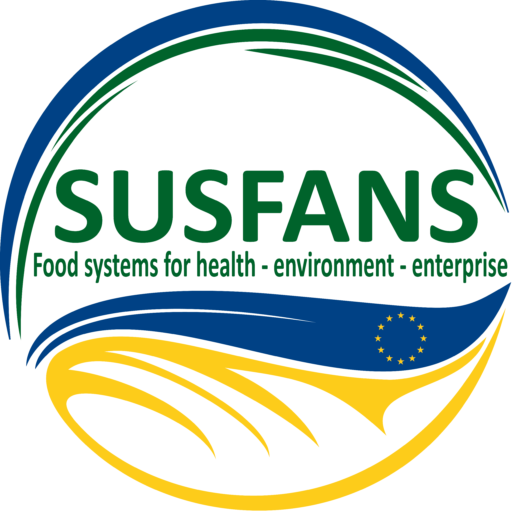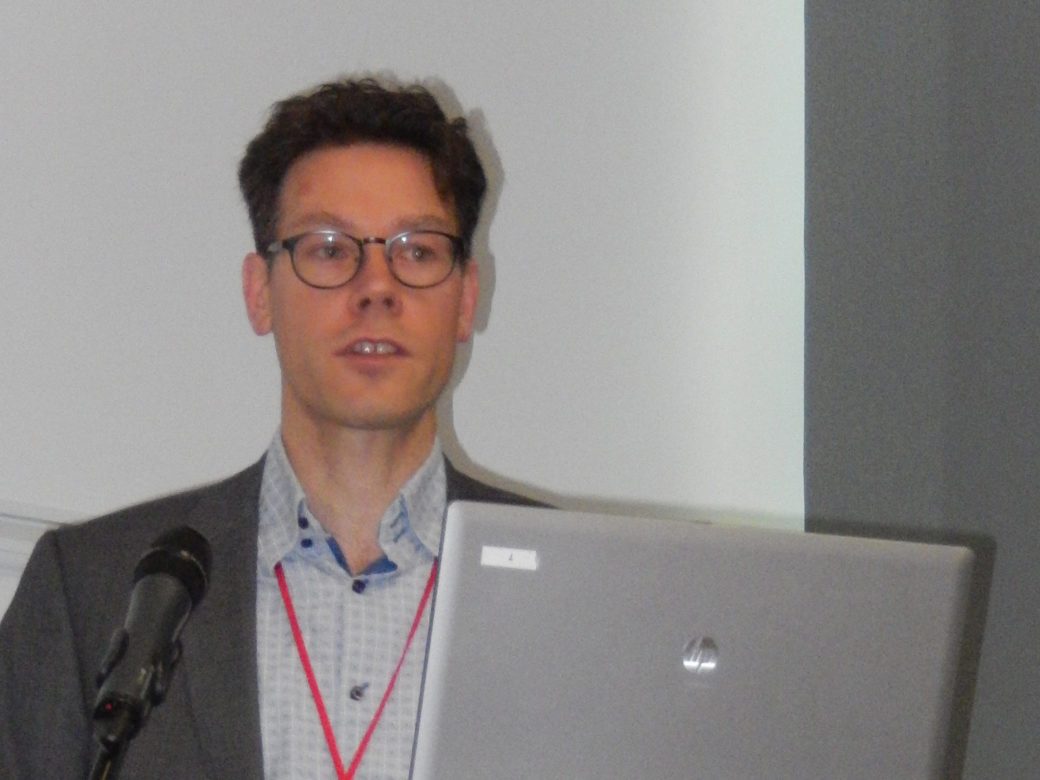Introduction
How can we improve the food system in the EU, especially from the perspective of social, environmental and economic sustainability? How can we balance and encompass views on how to strengthen food and nutrition security in the EU?
These are the core questions of the SUSFANS project.
SUSFANS’ overall goal is to come to a better food and nutrition system for human health, the environment and corporate enterprises in Europe. SUSFANS is led by the notion that improvements in the diets of the European consumers must come from, and be supportive of, sustainable food systems.
The research approach is built on a set of metrics, models and foresight tools. They can be used as a navigation for sustainable food and nutrition security.
This approach results in a holistic, integrative and coherent vision of what entails sustainable food and nutrition security in the EU and globally.
It underpins a perspective on how EU policies on farming, fishing, food and nutrition could contribute to that vision with greater efficacy than today.
How SUSFANS works
The research work in SUSFANS is divided in three pillars, aiming at
- Assessing sustainable Food and Nutrition Security in the EU using innovative metrics;
- Modelling sustainable Food and Nutrition Security by developing a SUSFANS toolbox for measuring, assessing and monitoring;
- Foresight and Guidance of European diets and food systems (See figure 1)
Project progress in the first 18 months of the project
In Pillar 1, SUSFANS will define performance metrics for sustainable food and nutrition in the EU, assign values on the relative importance of the various sustainability dimensions, elicited from different stakeholdersfrom the government, private sector, research community and civil society, provides greater clarity on what they consider to be sustainable diets from a health, environmental, economic and global Food and Nutrition perspective. It aims at understanding the drivers of EU diets and food production system.
Progress under the first pillar
- An operational plan has been developed for the toolbox. One core feature of the plan is to indicate where models need to be improved to better answer the questions on healthy and sustainable diets and food systems.
- The second element is to indicate how a portfolio approach provides an appropriate approach for quantifying metrics in the framework of assessing European sustainable FNS within the global context.
- The third element is to sketch a consistent framework for assessing FNS in the short run (adequacy of current diets, stability of the market), medium run (scaling up existing innovations, implementing policy reform) and long run (transformation pathways in diets and food systems).
Pillar 2 will concentrate on models and tools for quantifying metrics on balanced and sufficient diets for EU citizens, reducing environmental impacts, competitive EU agri-food businesses and food and nutrition security in the EU and globally. In order to assess the state of FNS in the EU and its sustainability over time, models are needed to project food and nutrition supply and demand, taking into account complex market interactions and the impact of a wide array of drivers of change as well as policies on sustainability. Models are combined in a toolbox for the quantification of future scenarios
Progress under the second pillar
An operational plan has been developed for the toolbox. One core feature of the plan is to indicate where models need to be improved to better answer the questions on healthy and sustainable diets and food systems.
The second element is to indicate how a portfolio approach provides an appropriate approach for quantifying metrics in the framework of assessing European sustainable FNS within the global context.
The third element is to sketch a consistent framework for assessing FNS in the short run (adequacy of current diets, stability of the market), medium run (scaling up existing innovations, implementing policy reform) and long run (transformation pathways in diets and food systems).
Pillar 3 aims at Foresight and policy guidance for sustainable FNS in the EU. The conceptual framework (Pillar 1) and modelling (Pillar 2) of sustainable FNS in the EU can be used to provide foresight on future pathways for EU food production and consumption.
This is done on the basis of two case studies and several EU-wide scenarios, which are determined in close collaboration with stakeholders and consider the impacts of sector, product, trade, consumer, nutrition and health policies and/or innovations. The results are used to formulate recommendations on using the SUSFANS framework to advance evidence-based food policy on sustainable FNS in the EU.
Progress under the third pillar
- A justification has been prepared for case studies on livestock-fish and fruit-vegetables, on the basis of literature review, suggestions from the first meeting of the stakeholder core group and further stakeholder input through adjacent projects, including SHARP-BASIC.
- A review of existing future scenarios for food and nutrition security has been prepared that includes material from FOODSECURE, AgClim50 and other projects
SUSFANS has contributed to the framing of science policy on European and global food and nutrition security under the FOOD 2030 agenda and conference of the European Commission, led by DG Research & Innovation.
The SUSFANS vision established in the academic literature
The scientific perspective of the SUSFANS project has been presented at conferences and is forthcoming in the peer-reviewed scientific journal Agricultural Systems as:
“Metrics, models and foresight for European sustainable food and nutrition security: The Visions of the SUSFANS project”
Martine M. Rutten and Thom J. Achterbosch et al.
Agricultural Systems, 2016
Read more at susfans.eu/portfolio/vision-susfans-project
SUSFANS Newsletter no. 1 provides further documentation of project progress susfans.eu/portfolio/newsletter-1

